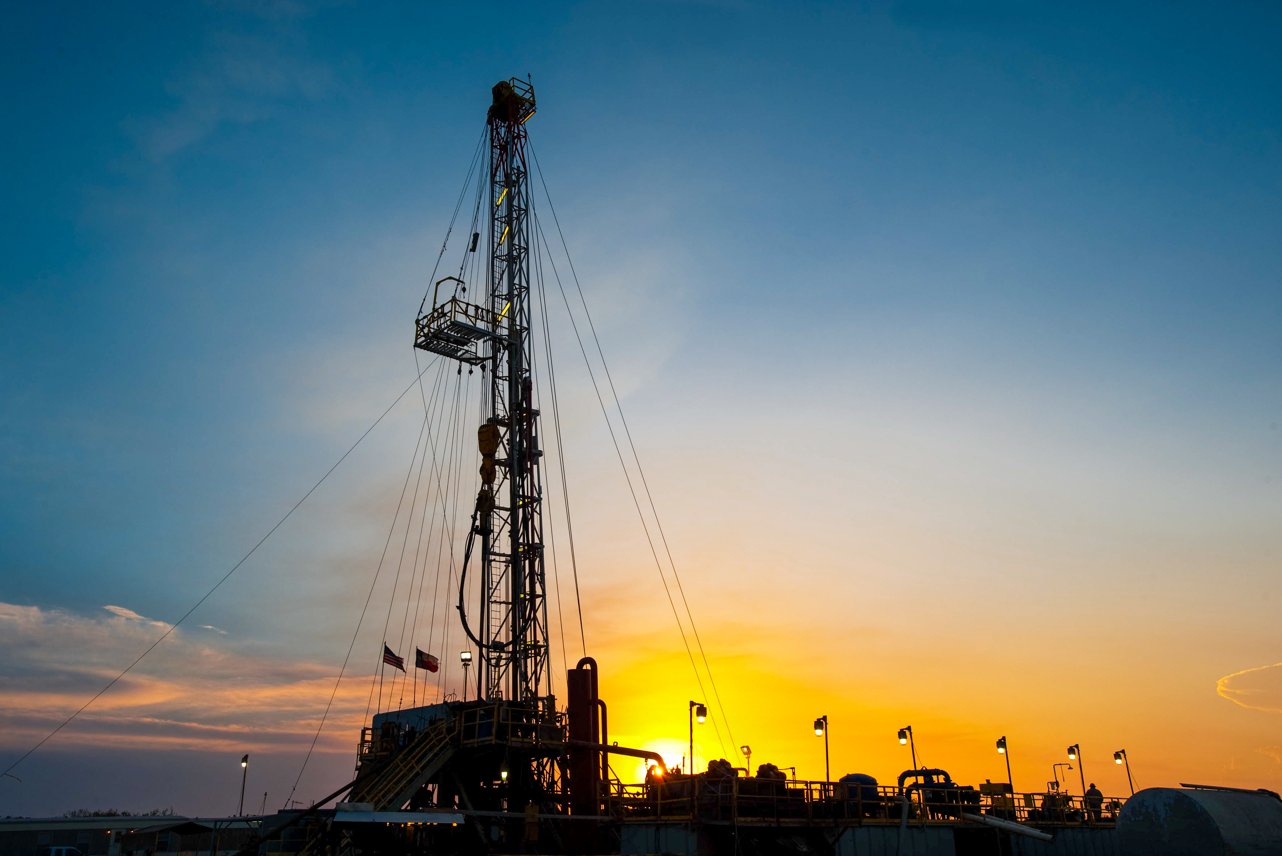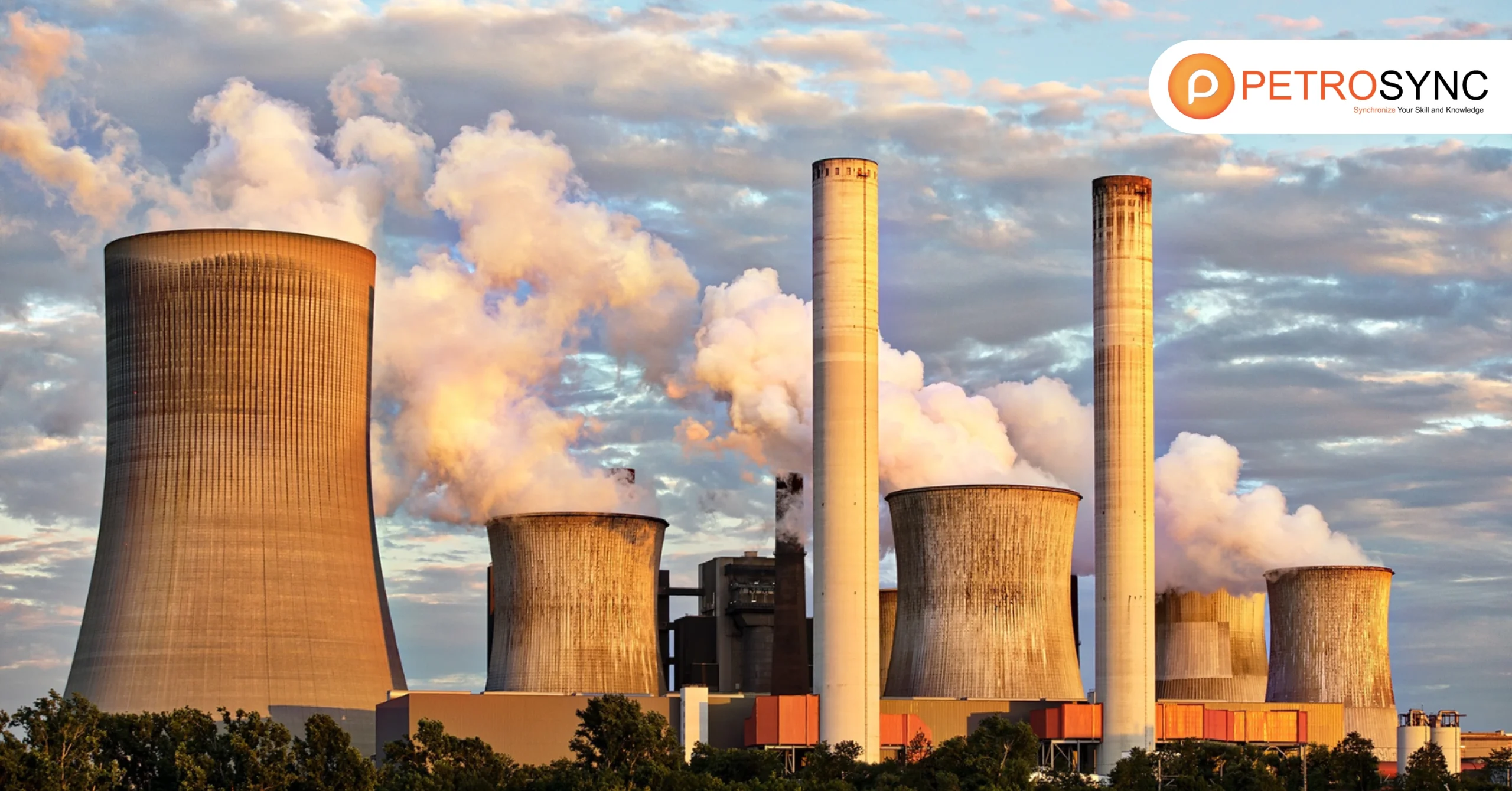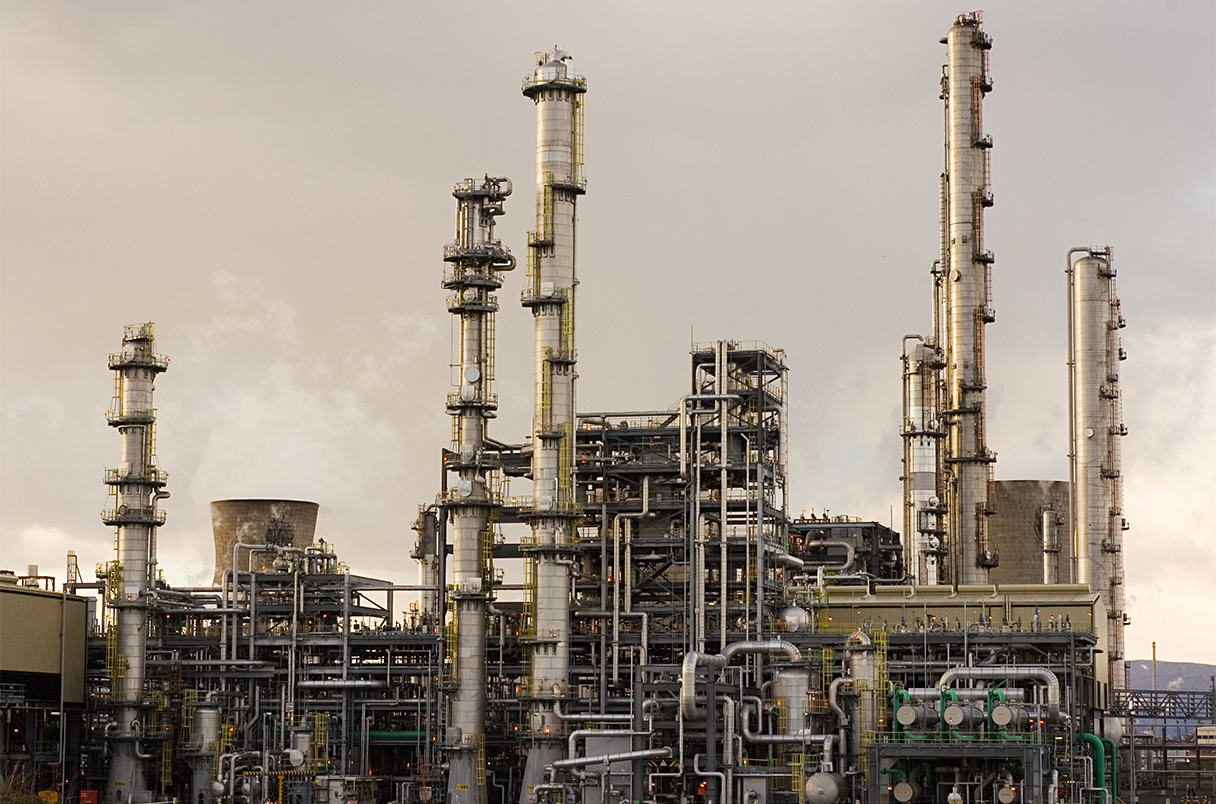Drilling and upstream activities in the oil and gas industry can be quite complex. One crucial part of the process is understanding well logs. Well logs give us valuable information about what’s below the surface, helping us figure out if there’s oil and what the reservoirs look like. But understanding these logs well is not easy – it requires knowing a lot about rocks, tools, and how to interpret the data they give us. In this article, we will talk about why well log interpretation is so important in the oil and gas industry and how getting good at it can help us make better decisions and find more oil.
What Is Well Log Analysis in Oil and Gas?
Well log analysis in the oil and gas industry involves lowering instruments called logging tools down into the wellbore, which records the subsurface data related to rock attributes as well as the fluid properties along the depths of the borehole. It is a method used to understand the characteristics of rock formations deep underground where oil and gas reservoirs are located.
This process entails measuring various properties of the rock layers penetrated by a well, such as their composition, porosity, permeability, and fluid saturation. The data collected provides valuable information about the type of rocks present, their ability to hold oil and gas, and the potential productivity of the reservoir. By analyzing this data, geologists and engineers can make informed decisions about drilling, production, and reservoir management. Well log analysis helps in determining the best locations for drilling new wells, estimating reserves, and optimizing production techniques to maximize the recovery of oil and gas from underground reservoirs.
1. Qualitative Application of Well Log
The qualitative application of well logs involves using the logs to gain insights into the properties of the subsurface formations without precise numerical measurements. Instead of focusing on exact values, qualitative analysis helps in understanding the general characteristics of the formations.
For example, when analyzing gamma ray logs qualitatively, high gamma ray readings may indicate the presence of shale or clay-rich formations, while low readings suggest cleaner, sandstone formations. This qualitative understanding helps in identifying potential hydrocarbon-bearing zones or determining lithology variations along the borehole.
Similarly, qualitative interpretation of resistivity logs might involve identifying abrupt changes in resistivity values, which could indicate the presence of hydrocarbon reservoirs.
2. Quantitative Application of Well Log
The quantitative application of well logs involves using the numerical measurements provided by the logs to calculate specific properties of the subsurface formations. This approach focuses on obtaining precise values for parameters such as porosity, permeability, and fluid saturation.
For example, using a neutron log quantitatively, one can calculate the porosity of the rock by comparing the neutron log reading with the matrix and fluid densities. This calculation provides an exact measurement of the void space within the formation, crucial for assessing its ability to hold hydrocarbons.
Similarly, quantitative analysis of resistivity logs involves using mathematical models to determine formation water saturation and hydrocarbon saturation based on resistivity measurements. These calculations provide quantitative estimates of the amount of water and hydrocarbons present in the reservoir rock.
How Do I Analyze Well Logs to Characterize Oil Reservoirs?
1. Data Loading and Preparation
Gather the well log data from various instruments such as gamma ray, spontaneous potential, resistivity, and density logs. Ensure the data is properly formatted and loaded into analysis software for interpretation.
2. Interpret the Lithology
Analyze the gamma ray log to differentiate between shale and non-shale formations. Utilize other logs like spontaneous potential, resistivity, and density to further refine lithology interpretation. Correctly identifying lithology is crucial as it forms the basis for subsequent calculations.
3. Calculate the Shale Volume
Use formulas like Larionov’s to calculate shale volume from the gamma ray log readings. Adjustments may be needed based on the lithology interpretation. Determining shale volume helps in understanding reservoir characteristics and assessing water saturation.
4. Calculate the Porosity
Employ formulas such as neutron-density combination to calculate porosity from logs like density and neutron. Ensure accurate lithology interpretation for reliable porosity calculations. Porosity indicates the capacity of rocks to hold fluids such as oil and gas.
5. Calculate the Water Saturation
Utilize methods like Simandoux’s equation to calculate water saturation using resistivity and shale volume data. Consideration of lithology and porosity is essential for accurate water saturation determination. Water saturation assessment aids in evaluating reservoir quality and hydrocarbon potential.
6. Calculate the Permeability
Apply methods like Coates’s equation to estimate permeability based on porosity and irreducible water saturation. Consider factors like shale volume and effective porosity in permeability calculations. Permeability assessment is crucial for understanding fluid flow within the reservoir.
7. Calculate the Elastic Properties
Determine elastic properties such as acoustic impedance and shear impedance using velocity and density logs. Calculate parameters like Poisson ratio based on wave velocities. Elastic properties provide insights into rock behavior and help in seismic interpretation.
8. Calculate the Reflectivity Coefficient
Derive reflectivity coefficients from density and velocity logs to assess the rock’s ability to reflect seismic waves. Consider variations in rock properties to identify potential hydrocarbon indicators. Reflectivity coefficient analysis aids in seismic interpretation and reservoir mapping.
9. Plot the Data and Make Crossplots
Visualize the calculated parameters through plots and crossplots to identify trends and anomalies. Compare different log responses to understand reservoir characteristics better. Data visualization facilitates interpretation and decision-making.
10. Interpret Data
Integrate all calculated parameters and interpretation results to characterize the oil reservoir. Identify zones of interest, evaluate reservoir quality, and assess hydrocarbon potential. Interpretation of well log data guides drilling and production strategies for efficient reservoir management.
How Do I Interpret Resistivity Log?
Interpreting a resistivity log involves understanding how electric currents behave in the subsurface rock formations. Higher resistivity values indicate lower water saturation and higher hydrocarbon saturation. Here are the steps to interpret it:
1. Identify Formation Types
Look for variations in resistivity readings along the depth of the borehole. Higher resistivity typically indicates formations like sandstone or limestone, while lower resistivity may suggest shale or clay.
2. Evaluate Fluid Content
Evaluate the resistivity values in conjunction with other logs like porosity and density to assess fluid content within the rock. Hydrocarbons generally have higher resistivity compared to water or brine.
3. Assess Formation Quality
Analyze the resistivity log to determine the quality of the formation. High resistivity in conjunction with other favorable parameters such as porosity and permeability may indicate a good reservoir rock suitable for oil or gas accumulation.
4. Detect Hydrocarbon Zones
Look for anomalies or deviations in resistivity values that could indicate the presence of hydrocarbons. A sudden increase in resistivity within a sandstone formation might suggest the presence of oil or gas.
5. Consider Environmental Factors
Take into account environmental factors such as temperature and formation of water salinity, as these can influence resistivity readings. Corrections may be necessary to account for these variations.
6. Integrate with Other Logs
Combine resistivity data with other well logs such as gamma ray, density, and neutron logs for a comprehensive interpretation of the subsurface geology and fluid content.
7. Compare with Regional Trends
Compare resistivity values with regional geological trends and known reservoir properties to validate interpretations and identify potential drilling targets.
By following these steps and considering various factors, you can effectively interpret resistivity logs to understand the subsurface geology and assess the potential for hydrocarbon accuulation in oil and gas exploration and production.
Anyone involved in the field of petroleum geology, oil and gas exploration, or reservoir engineering should know and learn about well log interpretation. This includes geologists, geophysicists, petroleum engineers, drilling engineers, and reservoir engineers. Understanding well log interpretation is essential for accurately assessing subsurface formations, identifying potential hydrocarbon reservoirs, and making informed decisions during exploration, drilling, and production activities.
We encourage you to consider taking Advanced Well Log Interpretation training offered by PetroSync. In this training, you will learn from expert instructors and gain valuable insights into the practical application of well log interpretation through case studies. This course is packed with practical approaches that will enhance your skills and knowledge in interpreting well logs effectively. Investing in this training will undoubtedly broaden your understanding and proficiency in the field, equipping you with the expertise needed for success in petroleum exploration and production.
Credit header image: Vecteezy

SEO specialist by day, fact-checker by night. An avid reader and content writer dedicated to delivering accurate and engaging articles through research and credible sources.






